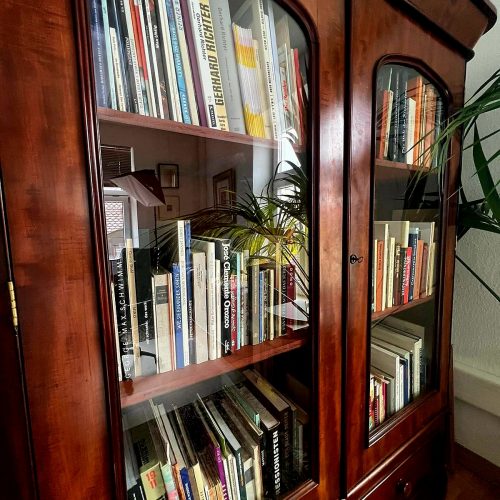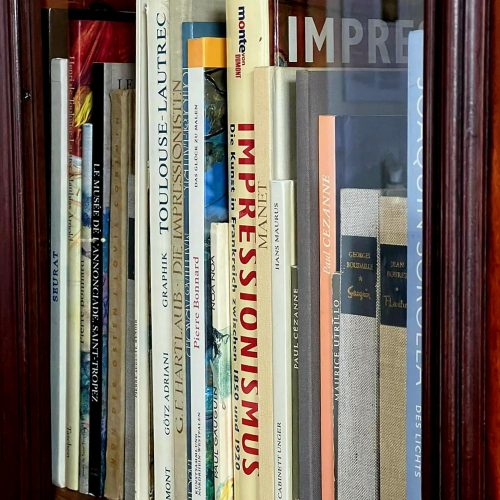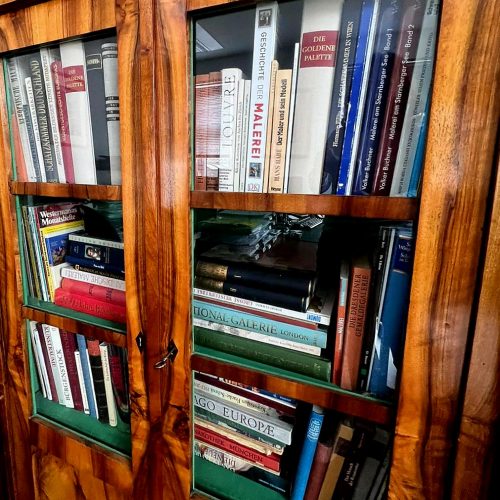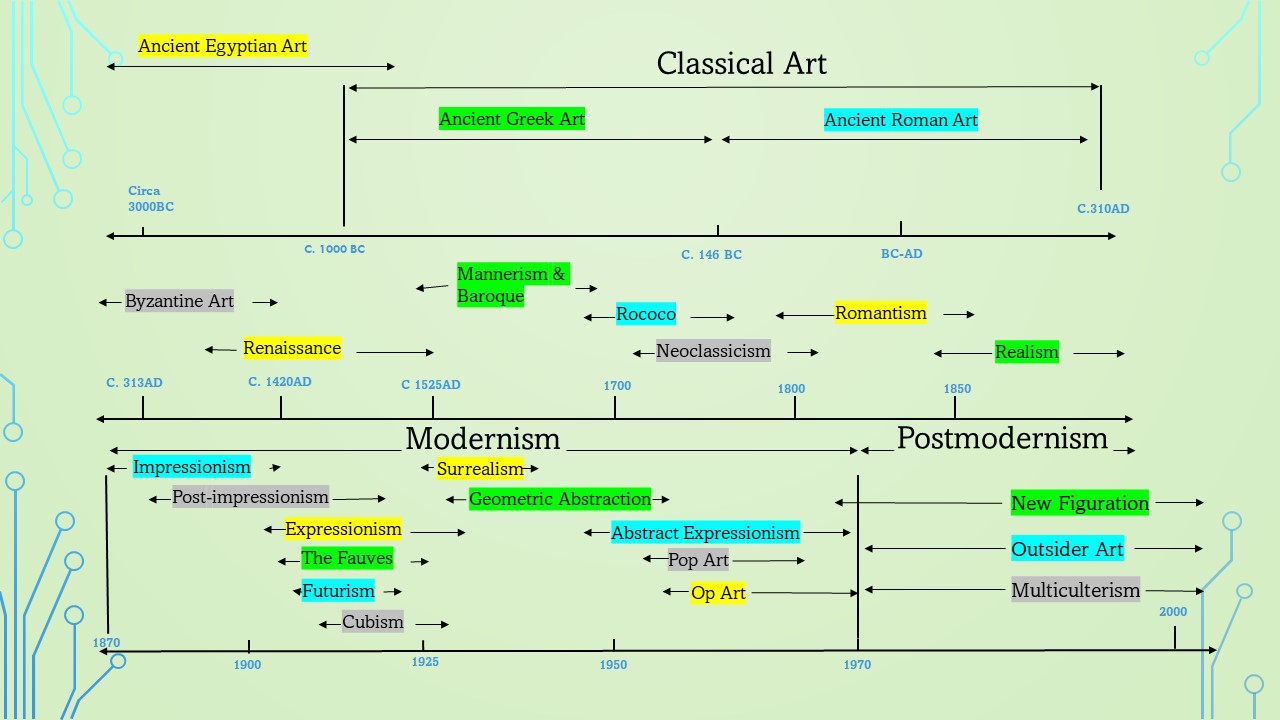ART PERIODS A-Z
ART REFLECTS THE TIME IN WHICH IT IS CREATED AND BECOMES THE VOICE OF AN EPOCH.
Wassily Kandinsky
A
Abstract Expressionism
(1940s to 1950s)
-New York –
spontaneity and emotional expression
Artist: Jackson Pollock
Art Deco
(Between 1924 and 1940) – again in the 1960s)
Europe, United States
A luxurious decorative art style with geometric layouts and materials made in a simplistic style.
Art Nouveau
(1880 to 1910)
Western Europe, United States
inspiration from natural organic forms, creating beautiful designs with flowing symmetric curves and lines
Avent Garde
(1800s to present day)
Worldwide
radical experimental concepts, forms, and processes, that question the status quo
B
Baroque
(1590 to 1740)
Middle Europe
painting of subjects incorporating deep colors, dramatic light, sharp shadows, and dark backgrounds with vivid details
Artist style: Rembrandt
Bauhaus
(1919 to 1933)
UK; Germany, USA
A ideology using design and craft to create aesthetics and beauty whilst maintaining function and utility – abstract, angular, and geometric design.
Byzantine
300 – 1453
Europe
Serious looking religious or imperial subjects with a lack of realism and no shadows or dimensionality
C
Classicism
artistic styles from ancient Greece and Rome – traditional forms with a focus on perfect symmetry, harmony, restraint, following standards, and elegance
CoBrA
(1948 to 1951)
– Copenhagen, Brussels, Amsterdam –
spontaneity; totally opposite to the calculations of cold abstraction
Colour Field Painting
(1950s to 1960s)
USA, Great Britain
incorporating uniform colour by laying, pouring, staining, or dropping paint across large canvases
Conceptual Art
(mid 1960s to 1970s) origins dated back to 1917
The idea or the concept has more meaning than the work itself.
M. Duchamp submitted a urinal to an exhibition in New York as conceptual art
Constructivism
(1915 to 1940)
Soviet Union, Germany
Art formed with tools, geometric designs sometimes using metal wood and industrial materials to form bold visual statements
Contemporary Art
(1977-heute)
Experimental, abstract and processed based art that has evolved with the use of modern technology. Challenging traditional values and is often controversial and provocative.
Cubism
(1907 to 1914)
Paris
an individual art style incorporating a three-dimensional form using fragmentation, and abstraction to represent reality.
Artist: Picasso
Cubo-Futurism
(1900 – 1925)
An artistic movement within Russian Futurism- A fusion of artistic Italian Futurism and French analytical Cubism.
D
Dada(ism)
(1916 to 1924)
Paris, New York, Switzerland
anti-art, ready made alternative style that is satirical and nonsensical in nature.
Digital Art
(1980s-present)
digital technology and artificial intelligence is used as an essential part of the artistic process
E
Expressionism
(1905 to 1920)
Germany, Austria, France
distortion of reality, emotions, mysticism, heightened use of colour, exaggeration of image
Artist: Gabrielle Münter
F
Fauvism
(1905 to 1908)
Les Fauves
translated from French -“Wild beasts” a preference for strong colours instead of the of the representational or realistic values
Futurism
(1908 to 1944)
Italy
Placed emphasis on the dynamism of how speed, energy, and machine power created changes and restlessness in modern life
G
Gothic
(1140 to 1600)
More realistic and human looking depictions of religious figures with defined facial expressions and body position. Attention to the details on the fabric, clothing and skin.,
H
Harlem Renaissance
(1919 to 1930s)
– Harlem, New York –
African American culture, African art, modernism, black avant-garde,
I
Impressionism
(1867 to 1886)
– Frankreich –
small and visible brushstrokes that produce an impression of form, unblended colour using an accurate depiction of natural light
Artist: Monet
Installation Art
(1960s to present)
3 dimensional constructions, creating diversity and objectivity.
L
Land Art
(1960s to present)
Using nature and its surroundings to create 3 dimensional art forms.
M
Mannerism
(1520 – 1600)
Elongated human figures with strained poses- unusual lighting, scale and perspective effects – vivid colours
Minimalism
(1960s and 1970s)
-USA-
abstract art and sculptures using simplistic shapes and hard edges, creating simplicity, and harmony
N
Neo-Impressionism
(1886 to 1906)
France
The application of dots or brushstrokes of complementary colours to the canvas as the colours blends whilst viewing
Artist: Vincent van Gogh
Neoclassicism
(1750 -1800s)
classical art and culture of ancient Greece and ancient Rome
Neon Art
(1960s-heute)
Using neon lights to create motion and interaction. First used for advertising in Paris in 1910.
Naturalism
(1880 – 1900)
As the name suggests, capturing the pureness of the realistic subjects in a natural setting without distortion or misinterpretation.
O
Op Art
(1950s and 1960s)
Op(tical) art makes use of shapes, colours and patterns to create an optical illusion of movement, flashing or vibration.
P
Performance Art
using a modern live art setting with different styles and themes to create a moving exhibition scenario.
Pop Art
(1950s and 1960s)
USA and United Kingdom
drawing inspiration from popular and commercial culture, making use of bright colours and incorporating humour, irony and satire.
Artist: Andy Warhol
Post-Impressionism
(1886 to 1905)
France
rejecting the naturalism of Impressionism, by using colour and form in a more expressive style
Artist: Paul Cézanne
Precisionism
(1920s to 1930s)
– USA –
Architecture and industrial scenes making use of the clarity of technique and subject incorporating angles with a sharp focus, and dynamic composition
Photorealism
(1968-Heute)
– USA –
Pictures that looked photographic with visual complexity and high clarity. Often using neutral subject matter.
Pre-Raphaelite
(1848 – 1854)
Pictures that looked photographic with vivid details, using tight brushstrokes and sharp, and focused lighting.
R
Realism
1840 – 1870
An accurate detailed depiction of nature and contemporary life, rejecting the use of added imagination. A realistic interpretation of the world around us.
Renaissance
1490 – 1530
Meaning rebirth – capturing the beauty of the natural world – representing the human body in a realistic style.
the period famous for Leonardo da Vinci and Michelangelo
Rococo
(1700s)
-France
Using gentle colours and pastels to create a lightness and elegance of a natural setting or beautiful aristocrats in gorgeous clothing
Romanesque
(1100 – 1150)
Abstract figures with a lack of depth focussing mainly on relegious themes and scenes.
Romanticism
1800 – 1850
Defined by the individual with emphasis on emotion, freedom of form and glorification of the past and nature. Spontaneous and imaginative.
S
Street Art
(1960s – present)
New York, worldwide
Graffiti style paintings done on public buildings or public places – Often containing a political, humorous or influential statement
Artist: Banksy
Surrealism
(1924 to 1966)
-Paris, New York
Images based on dream-like visions depicting mysterious environments and landscapes – shocking and mysterious
Artist : Salvador Dalí
Suprematism
(1913-1920s )
Soviet Union
Mystical art that uses geometric shapes to convey a sense of purity, using extremely simple motifs, basic forms, and a limited range of colours.
Symbolism
(1886 to 1918)
Europe
Art reflecting feelings and ideas, with symbols to portray intensity.
V
Vanitas
(1620 – 1650)
-Netherlands
Still-life painting that often put forward a religious message and defined by the placement of objects symbolic of mortality and the meaninglessness of worldly pleasures.
Z
Zero Group
1957 to 1966)
Germany
Exploration of colours using mainly monochrome to incorporate light and motion.
Artist: Otto Piene




